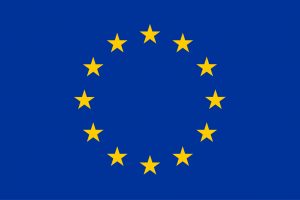The BugWright2 project
Autonomous Robotic Inspection and Maintenance on Ship Hulls
Impacts of the project
Expected impact 1: “Demonstration of the potential for robotics to impact at scale in the chosen application areas prioritised in this call (infrastructure inspection and maintenance)”.
In the context of robotics for inspection and maintenance, multi-robot autonomous inspection, will result in a major step change in the inspection capabilities. However, the real challenge in the shipping industry will be to convince shipowners and end-users about the practicality of the technology in the field. The progressive deployment of our solution in three end-users sites across Europe (Portugal, Greece and Norway) has the potential to trigger this attitude change, but only if the technology robustness and resilience can be demonstrated. The technical and technological strength of the consortium has the potential to achieve this goal.
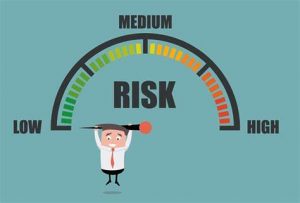
Expected impact 2: “Reduction of technical and commercial risk in the deployment of services based on robotic actors within the selected application area”.
In the marine vessel inspection and maintenance industry, as in many traditional industries, new technology is a chicken and egg problem: end-users want to see product in operation before investing, SMEs wait for the demand and academia waits for the investment. BUGWRIGHT2 is an opportunity to break this vicious circle: with the project support, a demonstrator will be brought to the end-users, giving them the opportunity to test the potential of autonomous hull servicing at a minimal risk. Certification agencies and shipyards will demonstrate the potential of the technology, hopefully triggering demands in other shipyards. Based on this demand and an experience of the market and business models, SMEs within the project and outside, will be able to develop their offer in autonomous system for hull servicing, with a lower risk and a higher visibility on their return on investment.
Expected impact 3: “Greater understanding from the application stakeholder of the potential for deploying robotics”.
BUGWRIGHT2 project is actively involving all the actors of the innovation value chain for inspection and maintenance of ship outer hulls and storage tanks. This project demonstrator includes end-users such as shipowners and operators, as well as service providers such as harbours and shipyards. They will acquire a first experience with the potential of autonomous robotics for their industry, in terms of inspection precision, reliability and information gains, but also in terms of efficiency and operation time using teams of robots. Involving the service providers in the practical operation of the platform will train a first generation of users, develop process and disseminate this expertise in a rather conservative industry.
Expected impact 4: “Demonstration of platforms operating over extended time periods in near realistic environments and promotion of their use”.
The BUGWRIGHT2 demonstrator will be operated from the beginning of the project at the AASA shipyard (Portugal), the TRH harbour (Norway) and by GLM as a marine service provider (Greece). The objective is for the technology to be integrated in their daily operations on real ships in shipyards and harbours, with support from the robot providers but also from academia for the integration of new technologies. The timelines for the integration of functionalities in the demonstrator is fast-paced but not overly optimistic since a lot of the first technologies that need to be integrated are available as off-the-shelf components on the market. The academic partners are applied research groups, experienced in field deployment and integration and experienced in supporting industry in these processes.
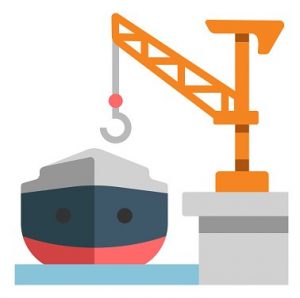
Expected impact 5: “Develop the eco-system around the prioritised application areas to stimulate deployment”.
BUGWRIGHT2 recognises stakeholder engagement as an important instrument in advancing the development of inspection and maintenance industry for ship outer hulls and storage tanks by increasing the desirability, and therefore viability of products, for the market. The most important action to stimulate deployment of autonomous robotics system for ship outer hull and storage tank services is to create demands. By involving shipyards,surveyors, certification agencies and robot providers as partners, we involve a large part of the value chain. [..] BUGWRIGHT2 will engage with stakeholders from a wide range of economic sectors and promote autonomous robotic products and services as a sustainable resource with multiple applications. […]
Expected impact 6: “Contribution to the development of open, industry-led or de-facto standards”.
In the shipping industry, most of the regulations are defined at an international level by the International Maritime Organisation (IMO), as a specialised agency of the United Nations. The IMO integrates local regulation such as European and member state specific regulations in its recommendations. WMU was founded by the IMO to “ensure safe, secure and efficient shipping on clean oceans through education, research and capacity building”. By providing a legal insight in the project and contributing to the standardisation activities, WMU will be the optimal channel to impact the IMO and disseminate the results of BUGWRIGHT2 to the shipping industry worldwide. At the European and national levels, actors such as RINA and GLM as representative of the certification agencies, or RBP and CTIM as frequent speakers to national conferences on non-destructive inspection, will also impact the evolution of the standards locally.
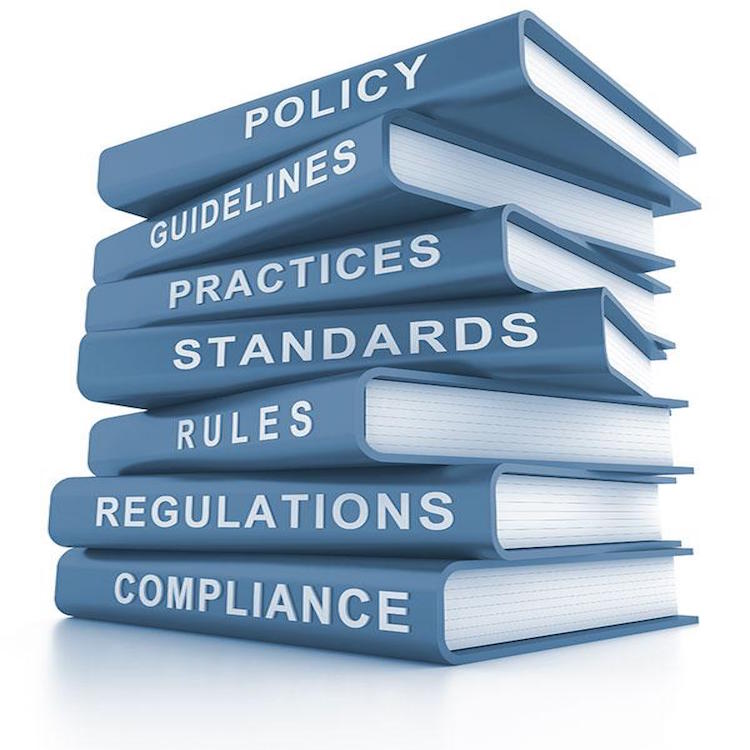
Other impacts
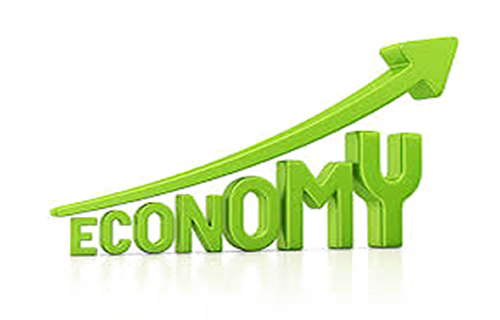
Economic impact: BUGWRIGHT2 will strengthen economy and competitiveness of hull inspection and cleaning stakeholders. The introduction of a fast multi-robot inspection system such as proposed in this project would have a significant impact on economic activities of shipyards and harbours.
Societal impacts – Safety and Security: By improving the quality of inspection and maintenance (corrosion detection, maintenance planning, reduction of dry dock unforeseen costs), BUGWRIGHT2 actively participates in the safety, security and pollution prevention that are of the utmost importance issue of maritime transport. The use of autonomous robots during the mid-term survey control will improve the maritime safety and intervention safety. The reduction of incidents risks leads to a reduction of losses of life, environmental pollution and cargo losses, which directly affect European society and the economy. The increase of strandards and reports quality will also actively contribute to improve safety and security issues.
Societal impact – Human factors: The development of autonomous robotic technologies aims to improve the health and the working conditions of the operators who carry out inspections and cleaning. For example, in the case of underwater inspection the robot use will improve the safety of humans by reducing the diving time. As BUGWRIGHT2 project plans to democratise and increase inspection and cleaning services in quantity and quality by exploiting the robotic system, staff recruited by the organisations providing these services should not be reduced. In practice, the extended operational life-cycle of an asset and higher utilisation rates will dictate a trend for further staff recruitment to cover operational needs.
Environmental impact: BUGWRIGHT2 contributes to improves the ECMAR (European Council for MAritime Applied R&D) vision and WATERBONE strategic research 2030 for a more eco-friendly, smarter and safer maritime industry.
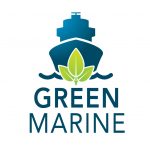
Innovation capacity and additional applications: The technologies developed within BUGWRIGHT2 are targeted to the application of autonomous multi-robot system to the inspection of large metal plate structure. To this end, we will integrate components combining inspection technologies, localisation and autonomous robotic navigation on a hull, in the air or underwater, multi-robot navigation algorithms, 3D immersive visualisation and decision aid for maintenance.
